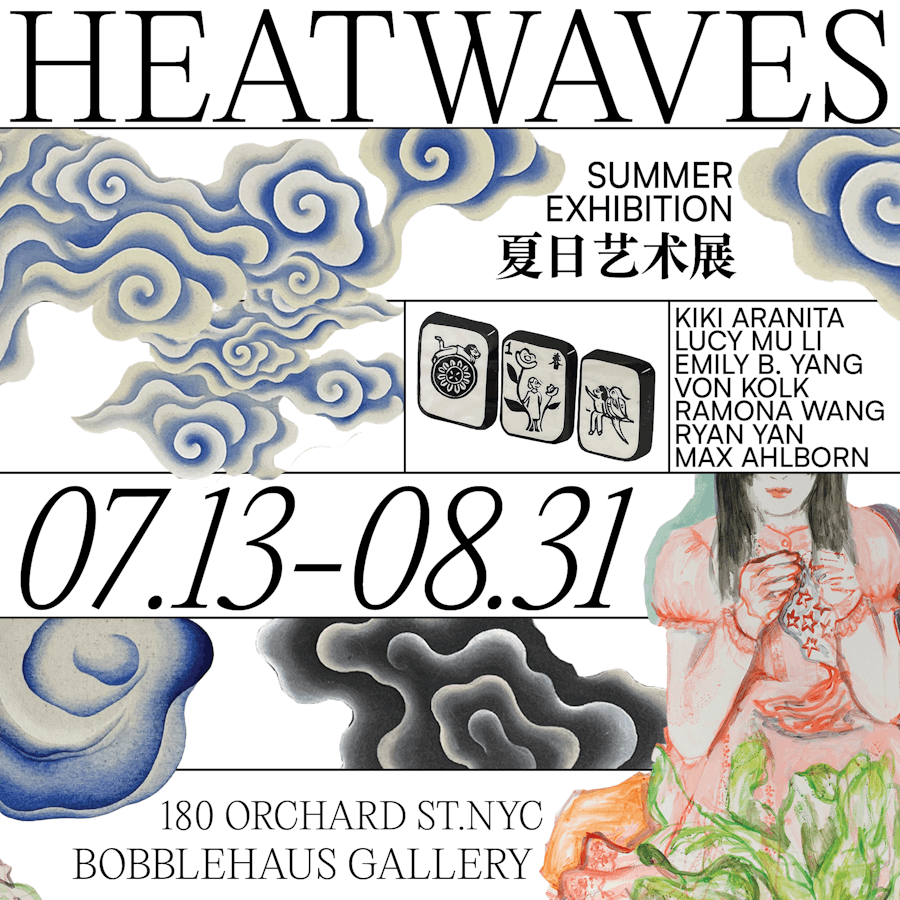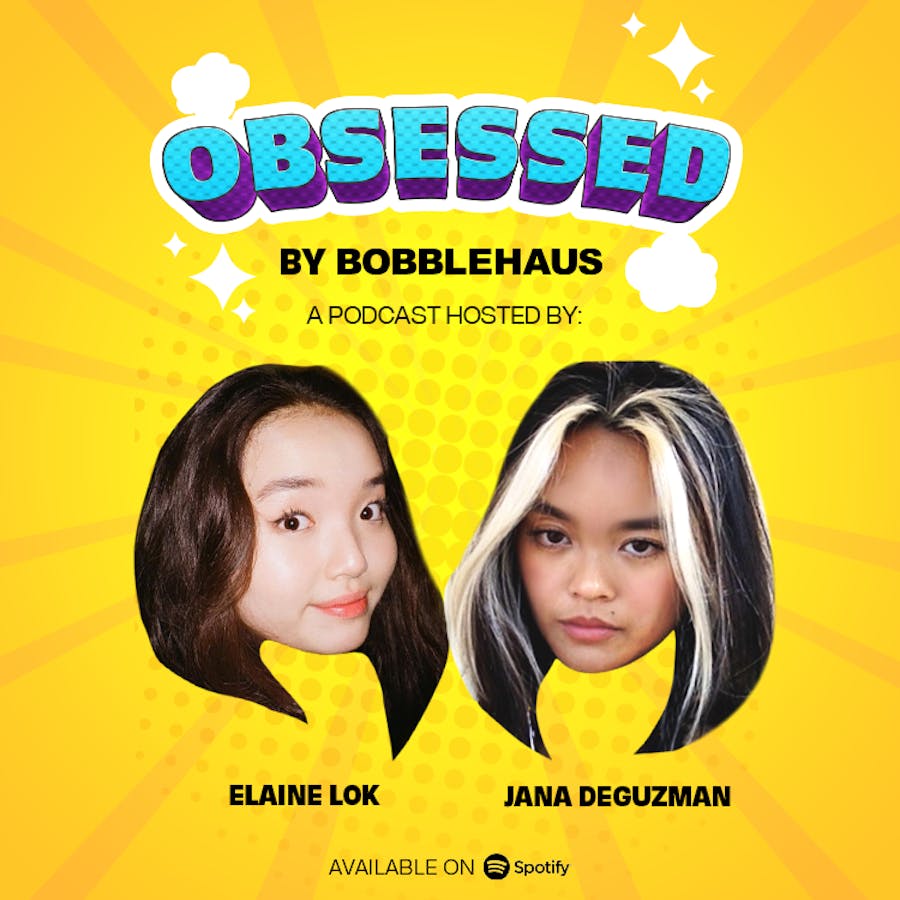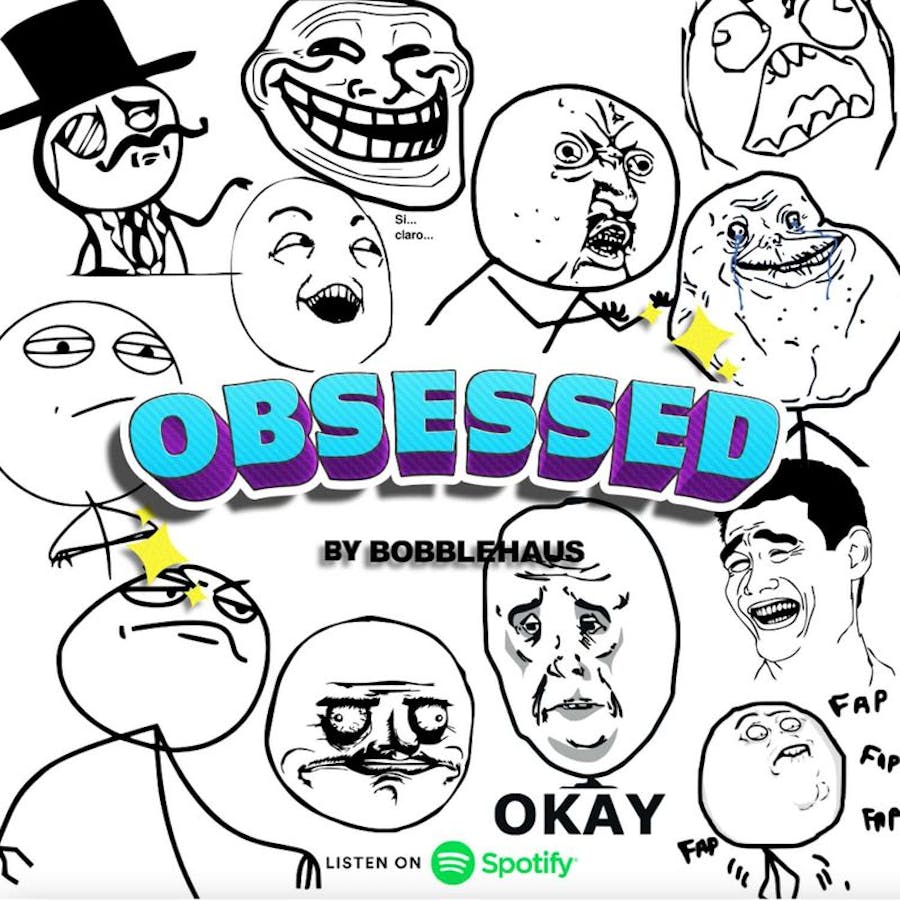Jacob Hicks is an internationally exhibited, Brooklyn-based oil painter & art educator. “Jacob Hicks: A Place Beyond Heaven” opens this Thursday, September 14, 6-8PM at Bobblehaus Gallery on 180 Orchard Street. The solo show runs until November 23.
(Bobblehaus Gallery In Conversation)
JACOB HICKS: A PLACE BEYOND HEAVEN
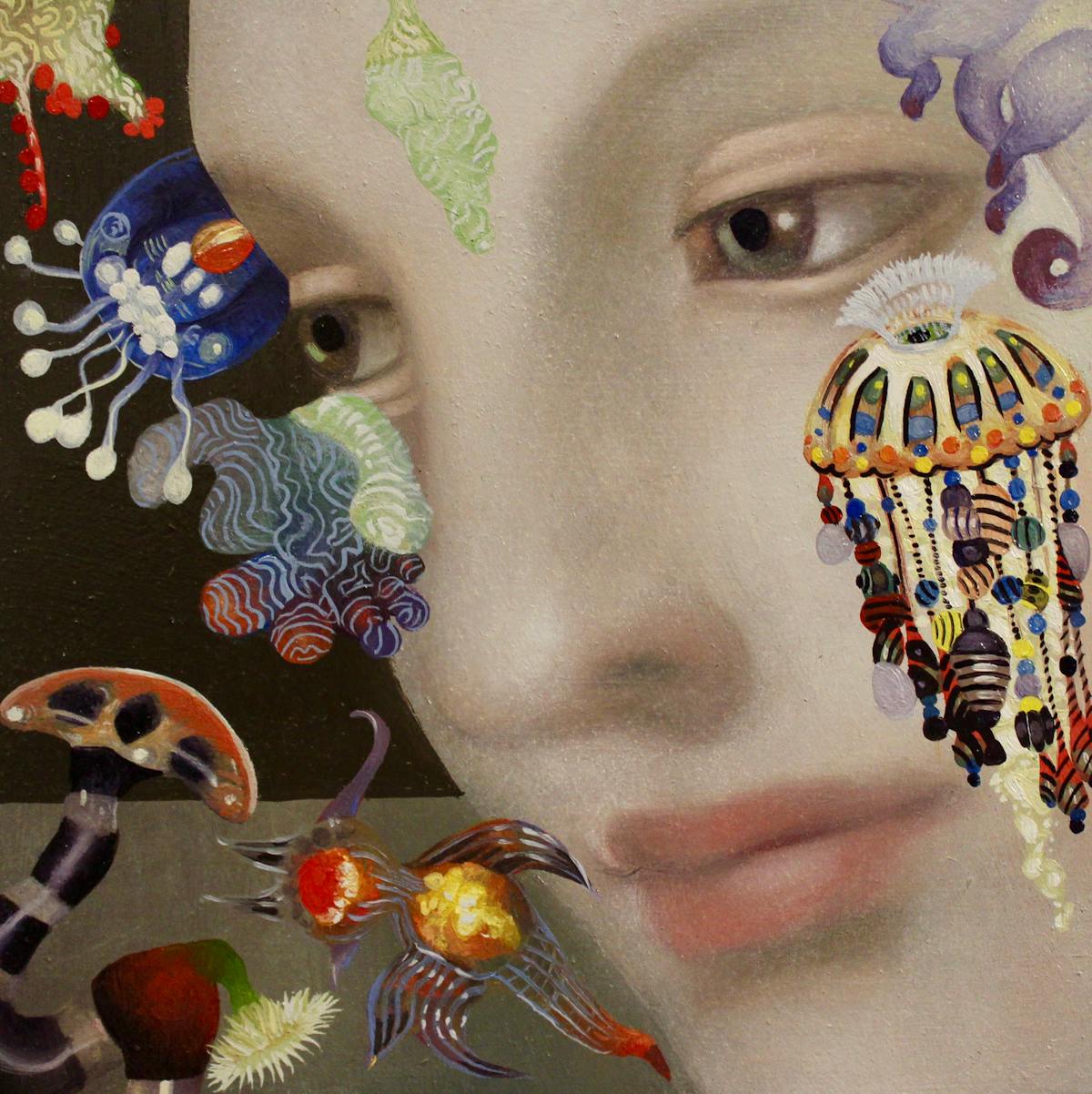
September 12,
2023
Painter and museum educator JACOB HICKS traverses planes of time and space to imagine a different lineage for gender, race, and queerness. His 100 Women portrait series, for example, “start with a face” and his desire to subvert the harms that women have endured (violent misogyny, racism).
Then Jacob doesn’t simply paint around these women to locate them in a single given reality; instead, he decorates them as a means to protect them, to “express holiness” and restore them to their rightful place in the Western art canon. His oeuvre is a collage of history and hope, interrogating the past’s unkindnesses but tending to what has survived, despite - including himself. “Growing up in a cultishly Christian, football-loving, gay-bashing bastion of Republican ignorance was a struggle,” he writes, “but also foundational to my persona and art.”
Jacob is also a brilliant writer, and to correspond with someone who can both paint and tell stories with incredible dexterity was the most synaesthetic wonder. We’re proud to share this conversation with Jacob ahead of his solo exhibit, “Jacob Hicks: A Place Beyond Heaven,” opening September 14 at Bobblehaus Gallery.
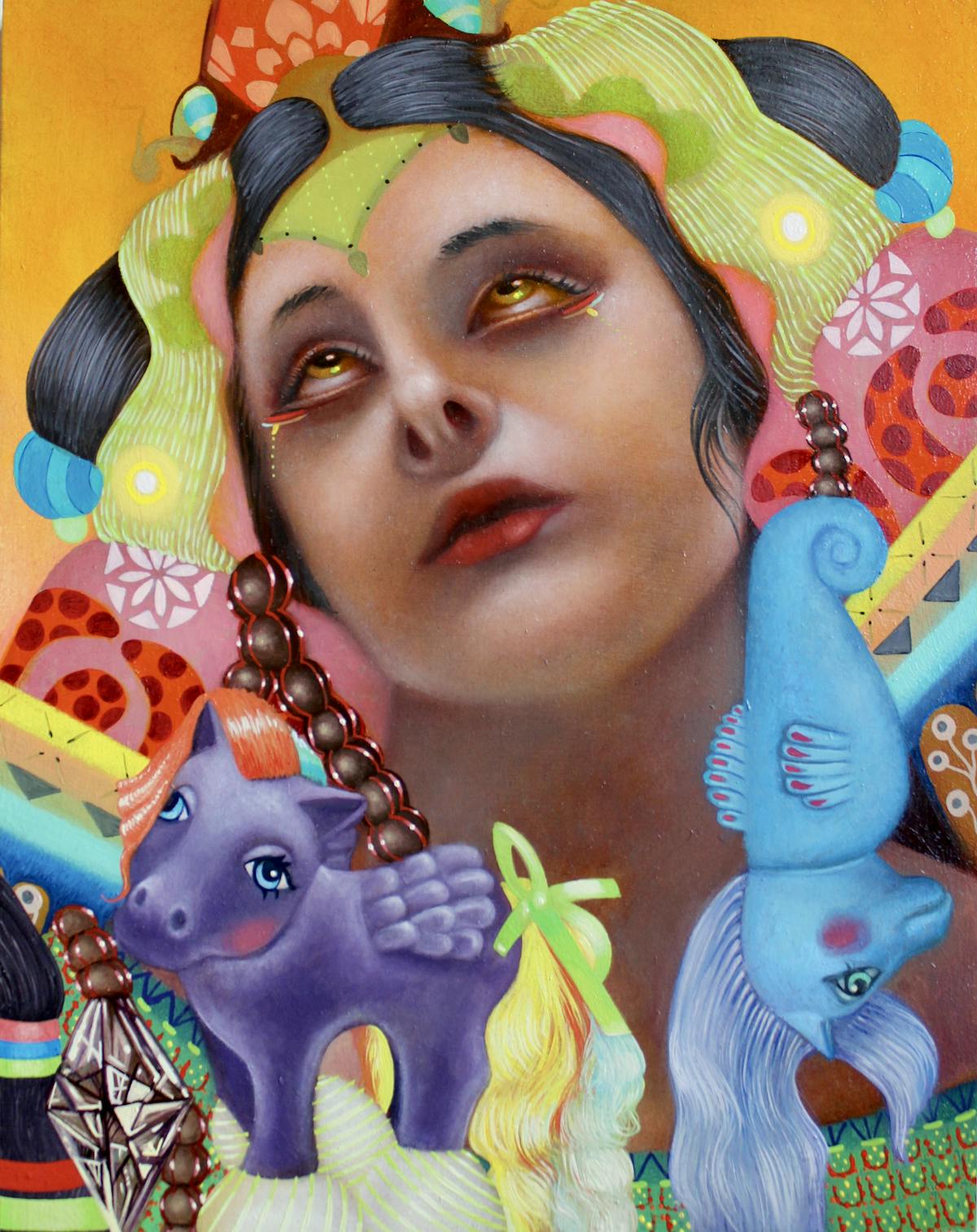
Jacob, it’s an honor to interview you. This is actually your second time being shown in BOBBLEHAUS GALLERY after being a part of their inaugural Haus exhibition. What is your intention for your solo show? What resonates with you about your fit in the Bobblehaus community?
JACOB: I’m honored to be able to exhibit at Bobblehaus. I think of you as building the future in your aesthetic and mission. Older generations have created lots of isolation by building hard and fast identity boxes out of gender, belief, etc. This generation’s leaders and creatives are breaking down these long-established and isolating human barriers and birthing a brighter tomorrow. That's exactly what I try to envision in my paintings. I want to see a world of empowerment, equality, naturalism, and beauty, where we are not defined by our exterior but celebrated for our individuality and essence.
I loved this written work of yours in which you described history as a “hallucination multiplied exponentially… the multi-generational co-mingling of subjective interpretation of event, [wherein] the subjective interpreters are the conquerors and hierarchical dominators.” Broadly speaking, what is the origin story of your own art, and how would you trace the history of your paintings? Who and what are the fundamental influences?
JACOB: Thank you for your kind words. I love writing and it’s a feature of my creative process. My first and most important influence is my mom, who raised me with her kindness, intelligence, and insight. She did her best to protect me from the large swathes of the world that are insensitive. Her spirit doesn’t feel different from mine. As a gay male growing up in Texas, it was psychologically debilitating to not be safe in my real identity. That hurt is also a fundamental part of who I am.
Like many, art is my escape and refuge. I love art history. Some of my favorite artists are El Greco, Rogier Van Der Weyden, the Primitive Flemish masters of the Northern Renaissance, the Italian masters, and the Spanish Baroque painters. I’m fascinated by the 20th century cubists who captured the transition of time as a concurrent development to general relativity.
Cinema is a big influence, like the magical realism of Guillermo Del Toro and the early films of Tim Burton. I also love the big cheesy blockbuster stuff of every decade.
"Art is my escape and refuge."
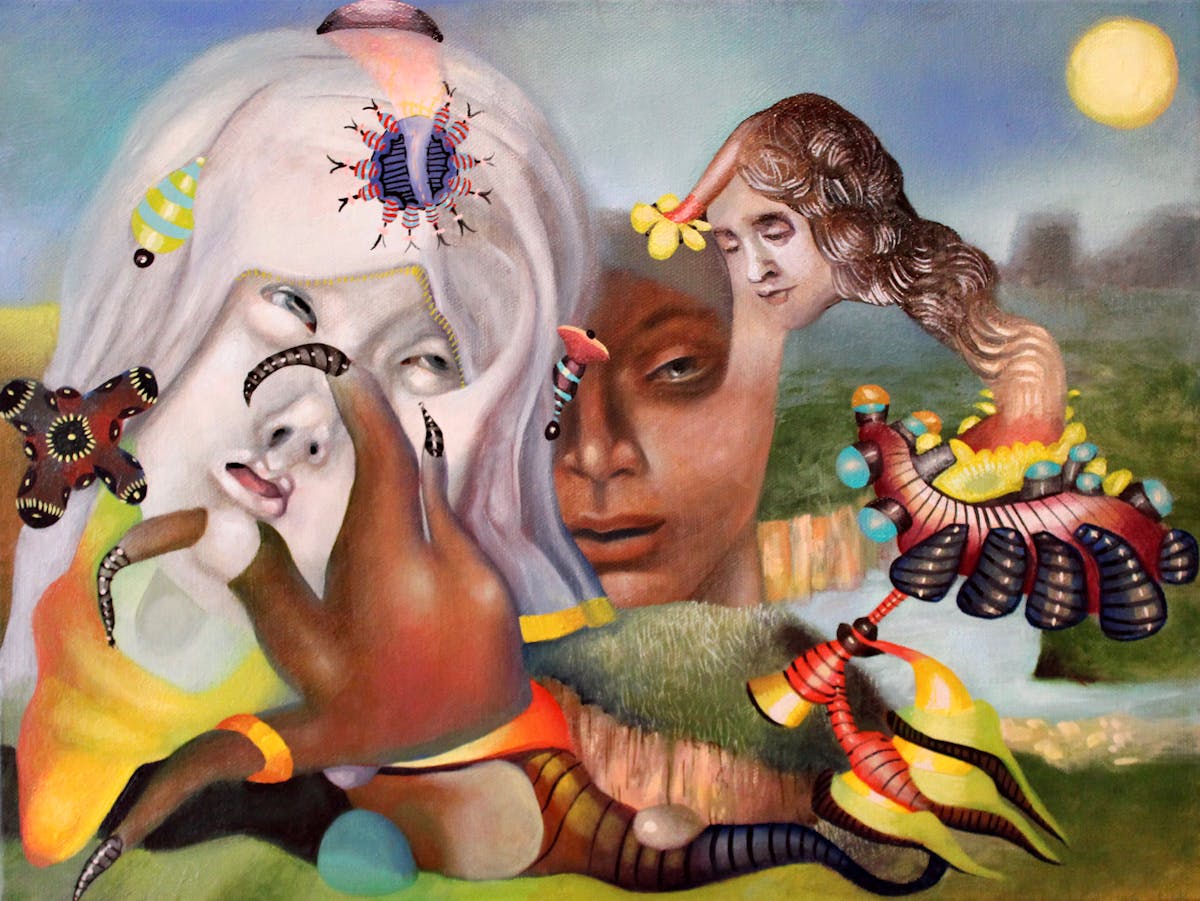
How does a single painting begin for you? I’m thinking specifically of your 100 Women portraits, where paint empowers diverse women using the material techniques of Catholic iconography. How do you come to understand each of these subjects, and what compels you towards them? What research/investigation do you do and how is it captured in the art?
JACOB: I’m painting a piece of my interior self anytime I paint a subject, whether I’m interpreting an English portrait by Thomas Gainsborough, a medieval Magdalene, or Erykah Badu. I think it’s impossible to not embed yourself in things you make. It's the mirror neuron thing where your consciousness adjusts and becomes a reflection of who and what you care about and interact with. I look for inspiration in that which hits a note of deep truth, a purity in authenticity. My research becomes less conceptual when I find that spark in an image and more material in the paint application.
My paintings always start with the face. I pin down a relative likeness and then I improvise around it. The rendering of figuration evolves into a game of filling space through decoration. It reminds me of a plant growing from a root. The root of my work is always the face.
"I’m painting a piece of my interior self anytime I paint a subject."
For the portraits titled as numbers in a series - why?
JACOB: In 2016 when Trump was running for president, violent misogyny and racism were at an even higher fever pitch than normal, infesting and infecting and being celebrated by the extremists on the right. I decided I had to take some kind of action of personal resistance. Painting is what I know, so I started making 100 paintings of women as symbols of strength, leadership, and integrity, in an almost deification of those being most victimized. Each work is named sequentially up to 100-I think I’m at 59 right now. I am a slow and deliberate painter, so hopefully in a few years I can finish the series.
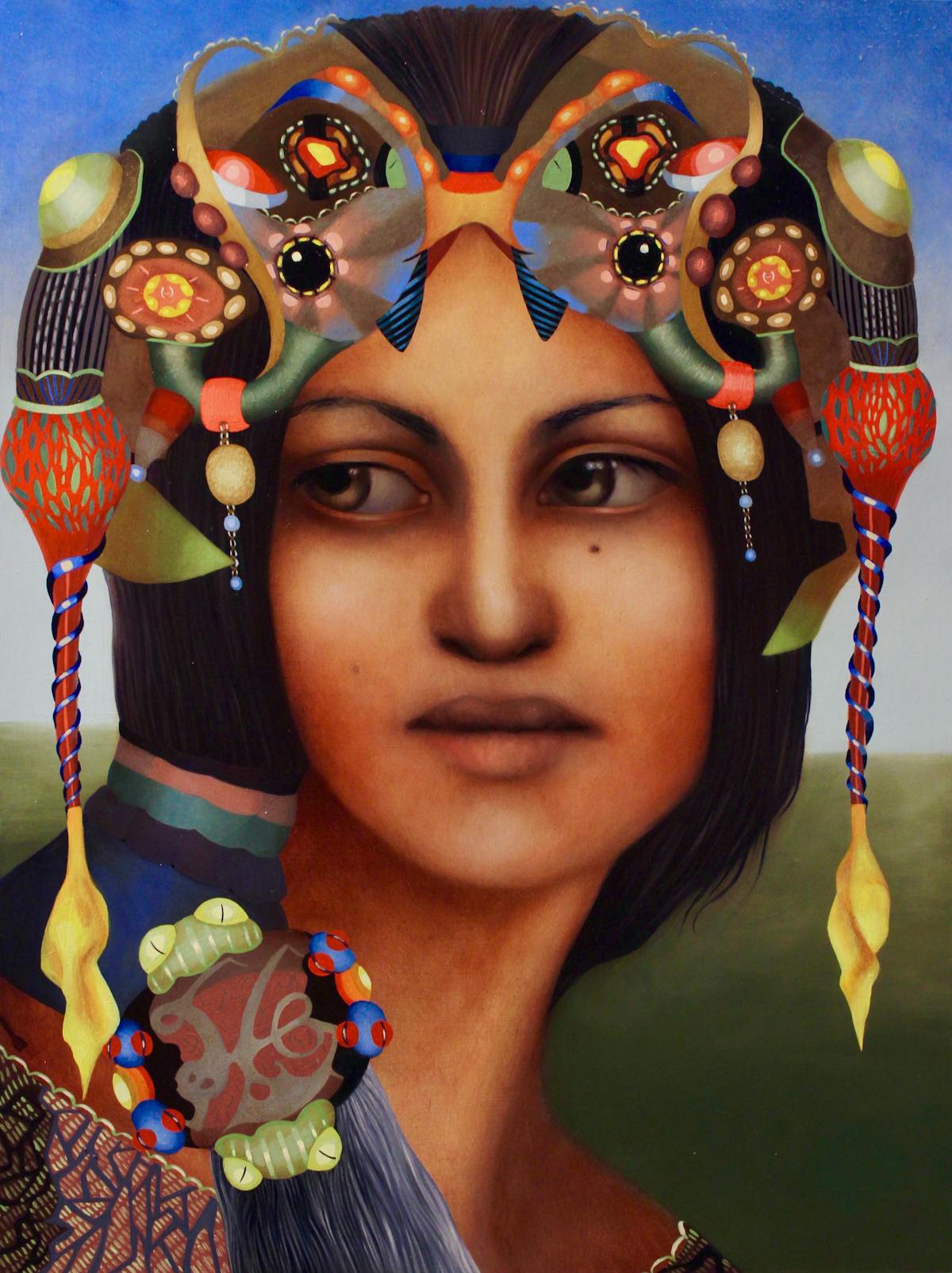
You’ve also painted personal portraits of the women in your immediate life - how do they respond to their depictions? Do you learn anything new about them as you paint them?
JACOB: The paintings of real women in my life are celebrations of those closest to me who have been generous, guiding and strong. I think of the works as a present to the idea and reality of the subject and a way for me to show my reverence for them. It's always a great moment to reveal a completed work to the person who it is of.
You’re also a beautiful writer often in conversation with other painters and artists. How have these interactions and relationships influenced how you think about and describe your own work?
JACOB: That is very kind and flattering. I’ve always been primarily verbal-a big part of me processing content comes in words. I love learning the stories, influences and thoughts of artists I respect. It helps me keep going when being an artist feels unforgiving.
Have you ever had a conversation with an audience member at one of your shows that changed how you saw or felt about one of your pieces? Can you tell us more about that?
JACOB: I curated a space with Buket Savci at the Spring/Break Art Show, where I’m also showing a few paintings. A mean-spirited review by a young writer at Hyperallergic of the fair was published yesterday, featuring a picture of our curation. It was hard to take that negative energy- Spring/Break is a DIY fair by artists outside of the big money system who actually care about art and creativity, so to have a writer disrespect the work (in a very bureaucratic, safe way) was a challenge. I guess my current goal is to not let an insensitive voice distract me or my artist peers from pursuing what we care about, which is making beauty for the future.

And finally, how would you describe the physical sensations of your painting process? How does time seem to pass while you’re painting? What do you listen to while you’re working?
JACOB: This is an amazing question and something I think about. When I paint I enter a flow state. Time disappears. It's good in that it's a dream-like and essential form of focus, it's bad in that I forget to do human things like stretch, rest my eyes, and eat. Sometimes I feel physically exhausted at the end of a long session, so I’m trying to set limits and be more thoughtful about my process and studio time. I listen to very mellow music when I paint. I love Tracy Chapman, Erykah Badu, Joni Mitchell. I need peaceful music, because I’m a naturally anxious person. I try to listen to podcasts, but zone out of the narrative easily. It's nice to turn off all audio and focus on the sensations and sounds of the brush meeting the surface of the panel.
“Jacob Hicks: A Place Beyond Heaven” opens this Thursday, September 14, 6-8PM at Bobblehaus Gallery on 180 Orchard Street. The solo show runs until November 23. RSVP for the opening reception here.
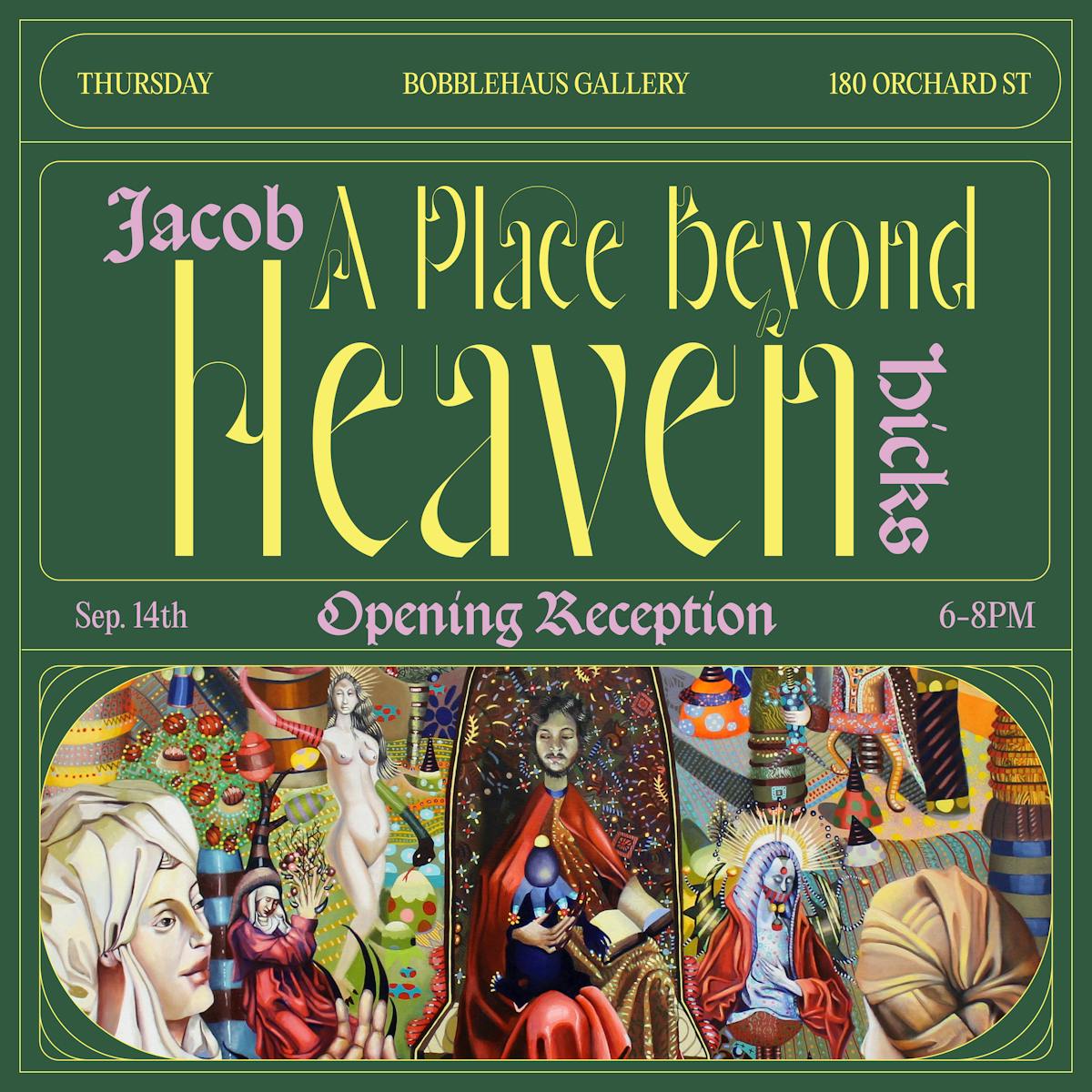
More about Jacob Hicks:
Jacob Hicks is an internationally exhibited, Brooklyn-based oil painter & art educator. He shows with Gallery Henoch & teaches for the Queens Museum.
His art combines magical realism, biology, mono-mythology, notions of utopia, feminism, & social justice. Hicks received the W Paul Beckwith Emerging Artist Grant, the Eric Fischl ‘66 Artist-In-Residence Teaching Grant, & has participated in residencies with the Saltonstall Foundation, the Spinnerei in Leipzig, Germany, & the Terra Foundation in Giverny, France.
Recent exhibitions include Cure/Rated at HOFA Gallery in London, and Allegory of Vanity at the 2022 Spring/Break Art Show with Kustera Projects in NYC. Hicks is currently curating As Above, So Below, a group exhibition for the 2023 Spring/Break Art Show. He also just completed a residency with the NFT platform Voice and the New York Academy of Art.
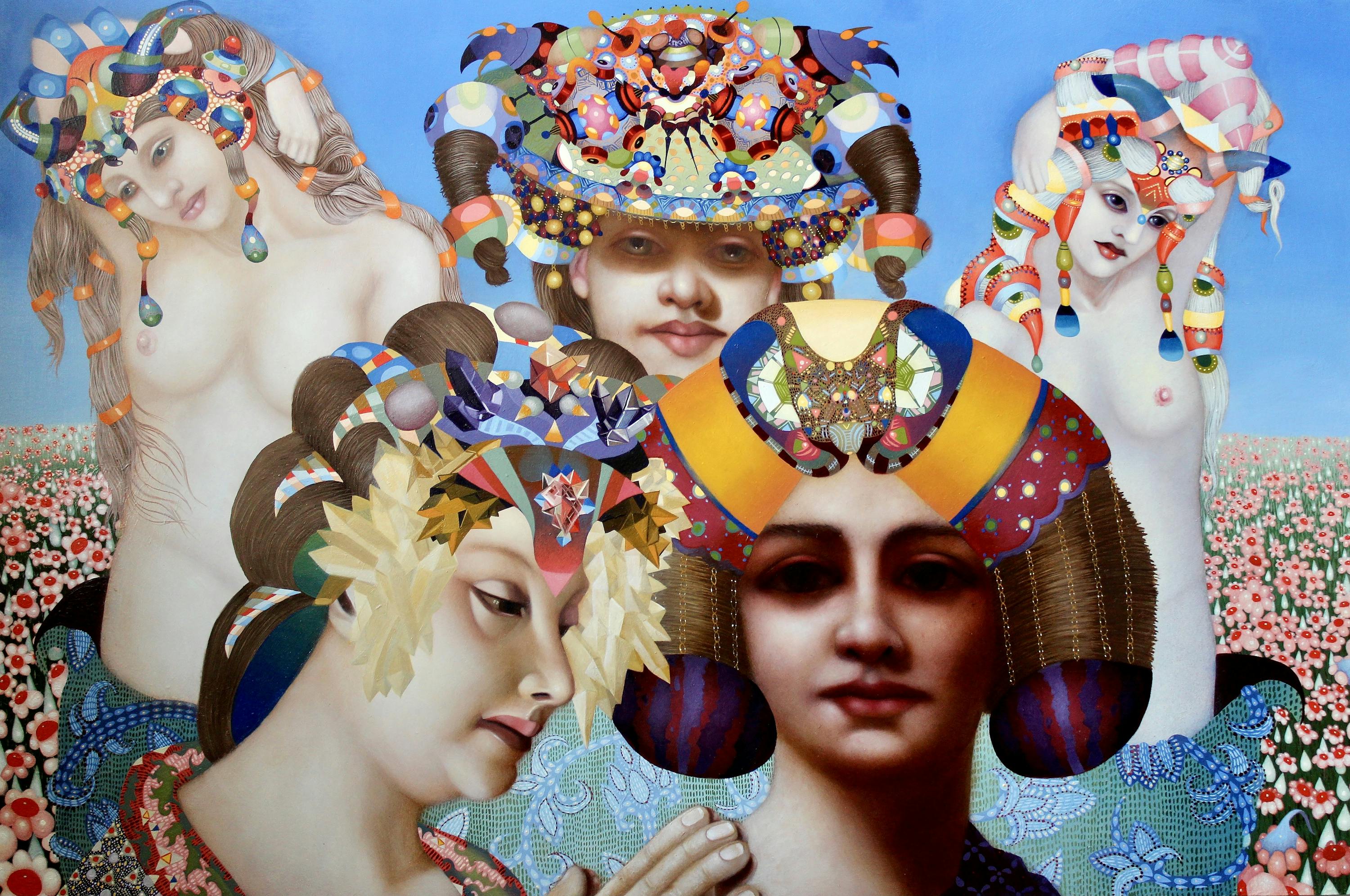
MORE POSTS
BY BOBBLEHAUS

